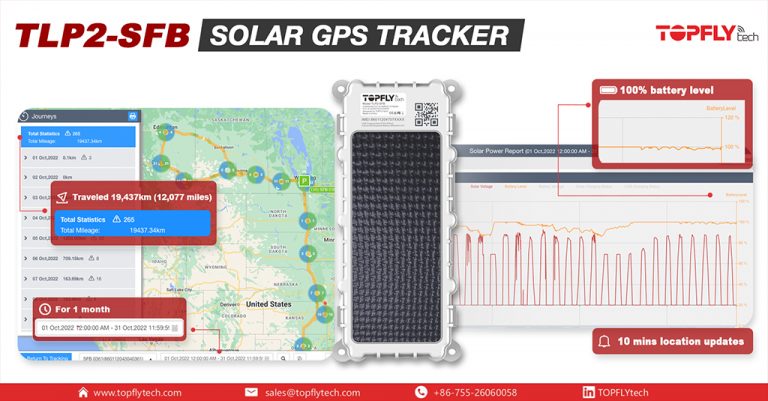From GPS Tracking to Cognitive Vision
Fleet management has evolved dramatically over the past decade, so does AI dashcam. What started with GPS tracking—a simple way to locate vehicles on a map—has now expanded into AI-driven telematics capable of understanding driving behavior, predicting risks, and enhancing safety in real time.
The next generation of fleet visibility doesn’t just record the road. It interprets it.
Why AI Dashcam Becoming the New Standard
In modern fleet operations, driver visibility gaps remain one of the leading causes of preventable accidents and operational disputes.
While GPS tracking tells us where a vehicle is, it tells us little about how it’s being driven — or why incidents occur. That information gap often leads to costly, sometimes tragic consequences.
Human Error Dominates Accident Statistics
According to the U.S. National Highway Traffic Safety Administration (NHTSA), over 90% of road crashes involve human error as a contributing factor.
This includes behaviors like distraction, fatigue, speeding, and delayed reactions — all of which traditional telematics systems struggle to detect in real time.
When visibility stops at the vehicle’s location, fleet managers lose sight of the human factor behind each trip.
Distraction: The Invisible Threat
A Logistics Business survey found that nearly 70% of fleets reported being affected by distracted driving, and 68% identified mobile phone usage as the leading cause.
Without in-cab monitoring, these risks remain invisible until an accident occurs — when it’s already too late.
The Accountability Gap
Fleet operators frequently face disputed accident claims where responsibility is unclear.
As Fleet Maintenance notes, many companies have faced “nuclear verdicts” (multi-million-dollar liability rulings) simply because there was no video evidence to prove the driver’s behavior or fault.
AI dashcams equipped with ADAS and DMS close that accountability gap, offering objective, timestamped insight into what truly happened.
Proven Safety and ROI Impact
Data from Markel Insurance shows that fleets using event-based video systems report up to a 20% reduction in severe or fatal incidents.
In another Fleet Technology Trends Report (2025), 68% of companies described their dashcam systems as “very or extremely beneficial”, and 47% achieved a positive ROI within the first year of deployment.
In short: AI dashcam doesn’t just save lives — it saves costs.
The result? Fleets gain actionable intelligence instead of raw footage.
The Rise of Intelligent Dual AI Dashcam: Vision Meets Insight
At TOPFLYtech, innovation has always been about clarity and endurance—devices that last, and insights that matter.
Our upcoming VisionX 100 continues this mission by integrating:
- ADAS + DMS dual intelligence
- Dual 1080p video recording at 20fps
- 2-way audio for active engagement
- Ultra-low power consumption for long-term deployment
- AI-powered event detection designed for fleet safety optimization
The VisionX 100 is not just a camera—it’s an intelligent observer, always aware, always learning, and always watching over your fleet.

VisionX 100 by TOPFLYtech
How AI Dashcam Transform Fleet Safety
By combining video telematics with machine learning analytics, AI dashcams redefine how fleet operators approach safety and efficiency:
- Real-time alerts prevent costly accidents
- Behavior scoring encourages safer driving habits
- Evidence-based reporting simplifies insurance claims
- Continuous monitoring reduces unauthorized vehicle use
When intelligence meets visibility, fleets gain not only control—but confidence.
Looking Ahead: From Data to Foresight
The evolution of fleet management is entering its cognitive era.
Tomorrow’s systems will not only track where a vehicle is or what it sees—but why it behaves a certain way.
At TOPFLYtech, we see this future clearly.
Our goal is simple:
To make visibility smarter, data lighter, and safety effortless.
Because when devices learn to see, fleets learn to think. Let’s talk for more possibility


